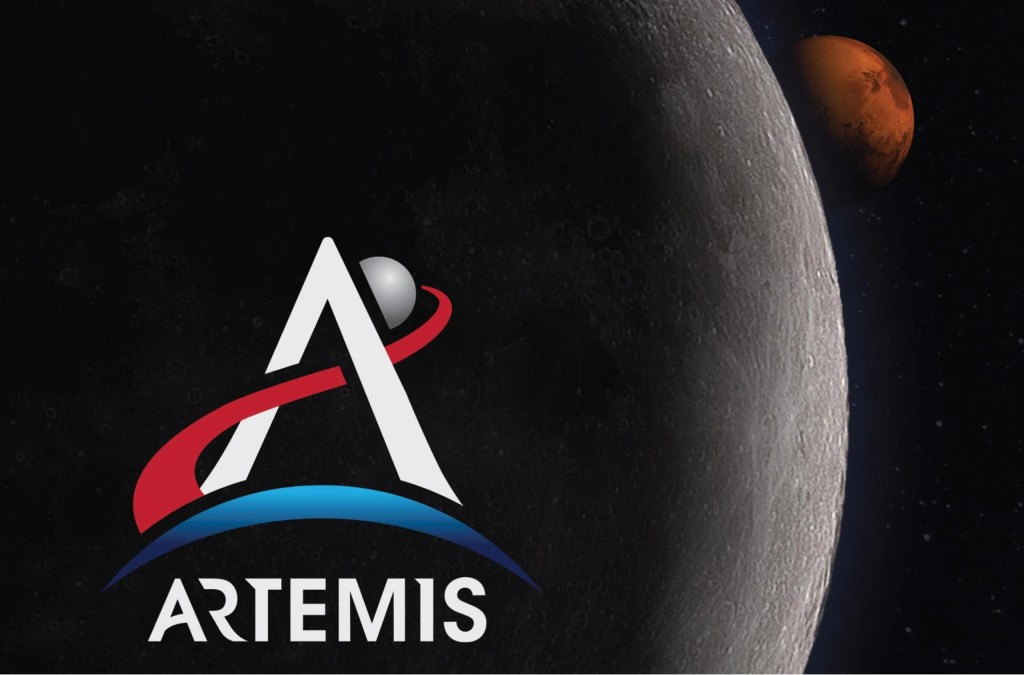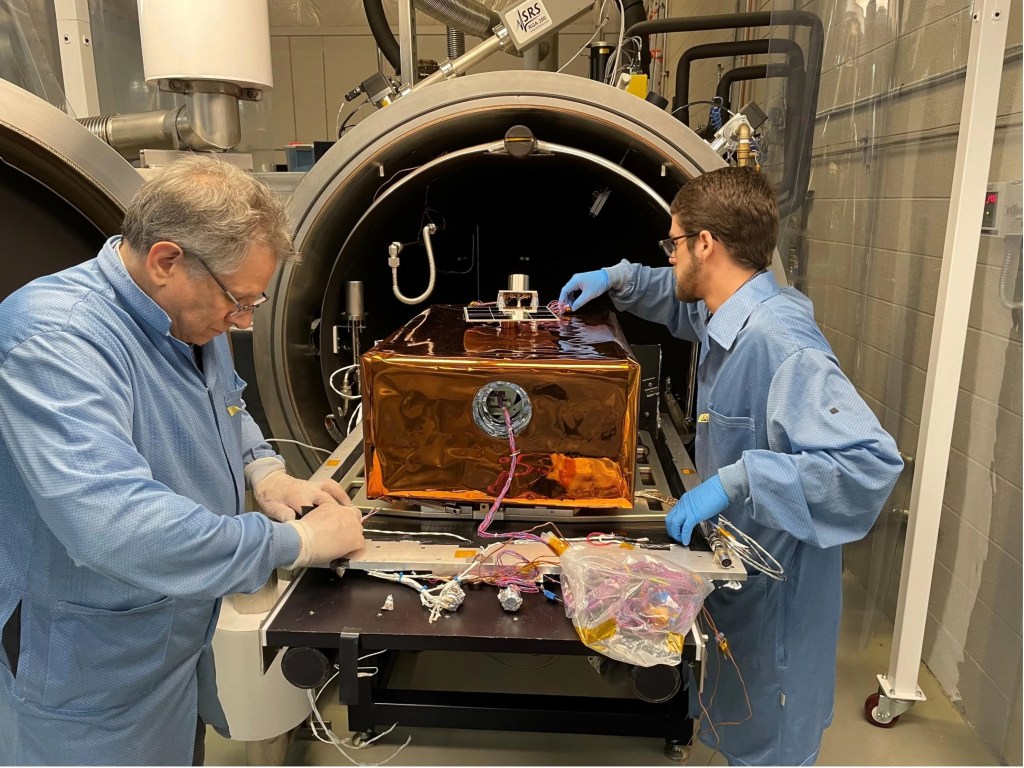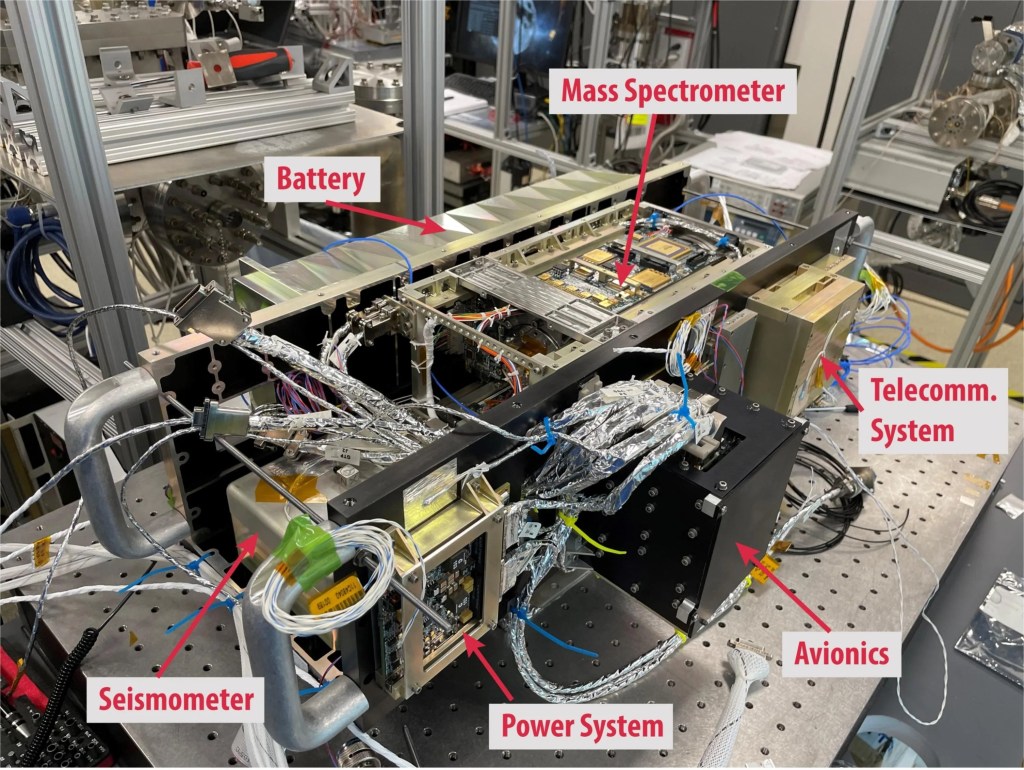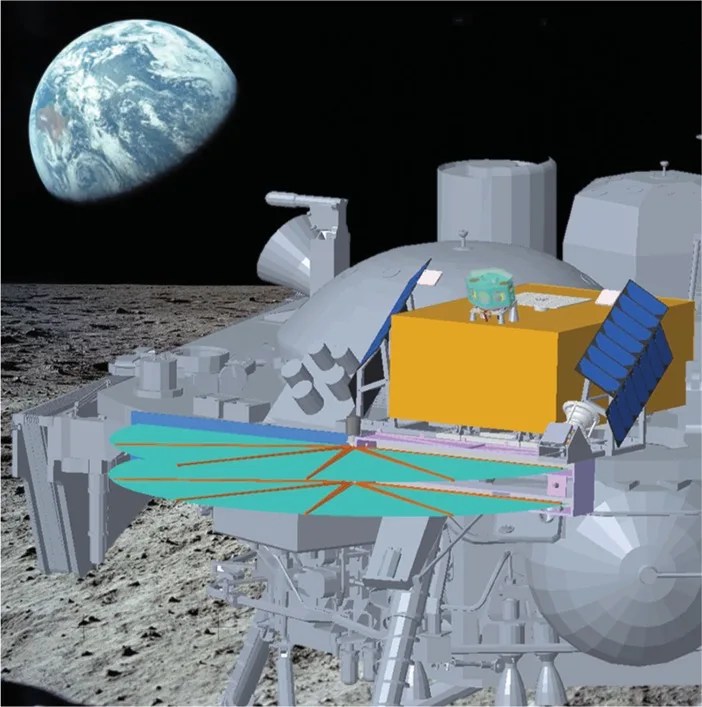The Lunar Environment Monitoring Station (LEMS) is one of the first three payloads to be a part of Artemis III, NASA’s mission that will send astronauts to explore the region near the lunar South Pole. Artemis III, currently planned to launch in 2026, will be the first time humans will return to the Moon’s surface since the historic Apollo program in 1969-1972.
The Lunar Environment Monitoring Station (LEMS) is a compact, autonomous seismometer suite designed to carry out continuous, long-term monitoring of the seismic environment, namely ground motion from moonquakes to meteorite impacts in the lunar south polar region. The instrument will characterize the regional structure of the Moon’s crust and mantle, which will add valuable information to lunar formation and evolution models.
LEMS can operate autonomously and sustainably for years at the Moon to collect geophysical measurements continuously during lunar days and nights. LEMS is intended to operate on the lunar surface from three months up to two years and may become a key station in a future global lunar geophysical network.
Artemis III
Artemis III will build on the crewed Artemis II flight test, adding new capabilities with the human landing system and advanced spacesuits to send the first humans to explore the lunar South Pole region.
Learn More
































